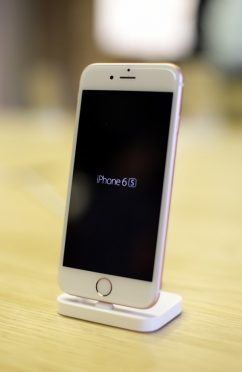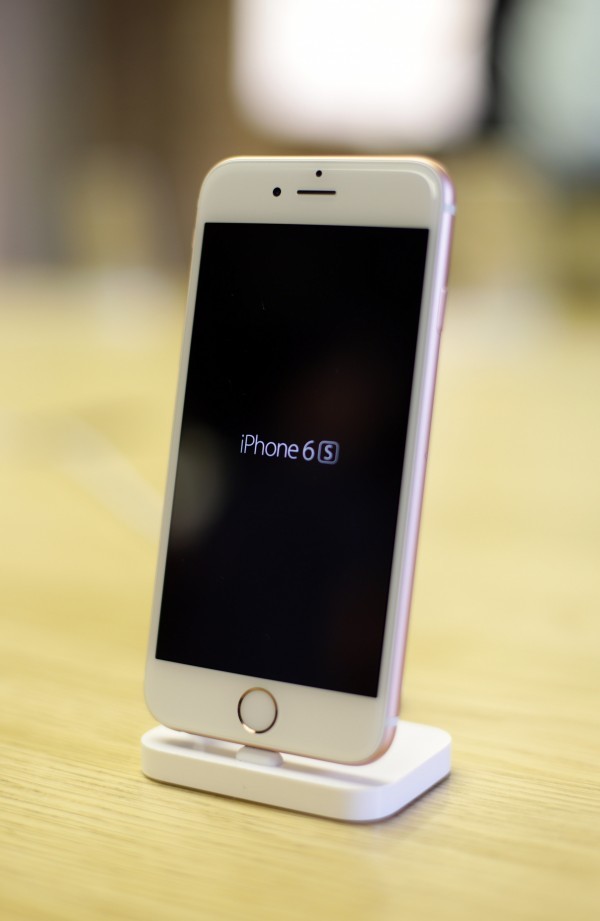A new bug has been discovered that could brick your iPhone for good.
Changing the date on your iPhone to January 1 1970 will crash it permanently and leave it unable to reboot, iOS users have discovered.
According to YouTuber Zach Straley, devices from the iPhone 5s onwards are susceptible to the bug, which leaves the phone unable to move beyond the Apple logo screen when turned off and on again after the date change.
As the video suggests, and Reddit users have also said, it seems the only way to sort the problem is to take it to an Apple Store, where the handset may end up being replaced.
Another theory circulating on Reddit is that the glitch is dependent on the time zone you are in. Most of those who have reported the issue are in the US, which is behind GMT – the time zone in which the iPhone stores the date – so changing the date to January 1 1970 places the phone’s internal clock at a number below zero, causing the crash.
One user in Beijing noted that their phone did not ‘brick’, and it was suggested this was because the user was ahead of GMT, their internal clock did not drop below zero and therefore crash after the reset.
This latest bug follows the ‘effective power’ string of Arabic text which crashed iPhones in May 2015, as well as the Error 53 message that some users were confronted with after replacing their screens using a third-party – prompting Touch ID to disable when it believes it has been tampered with.

